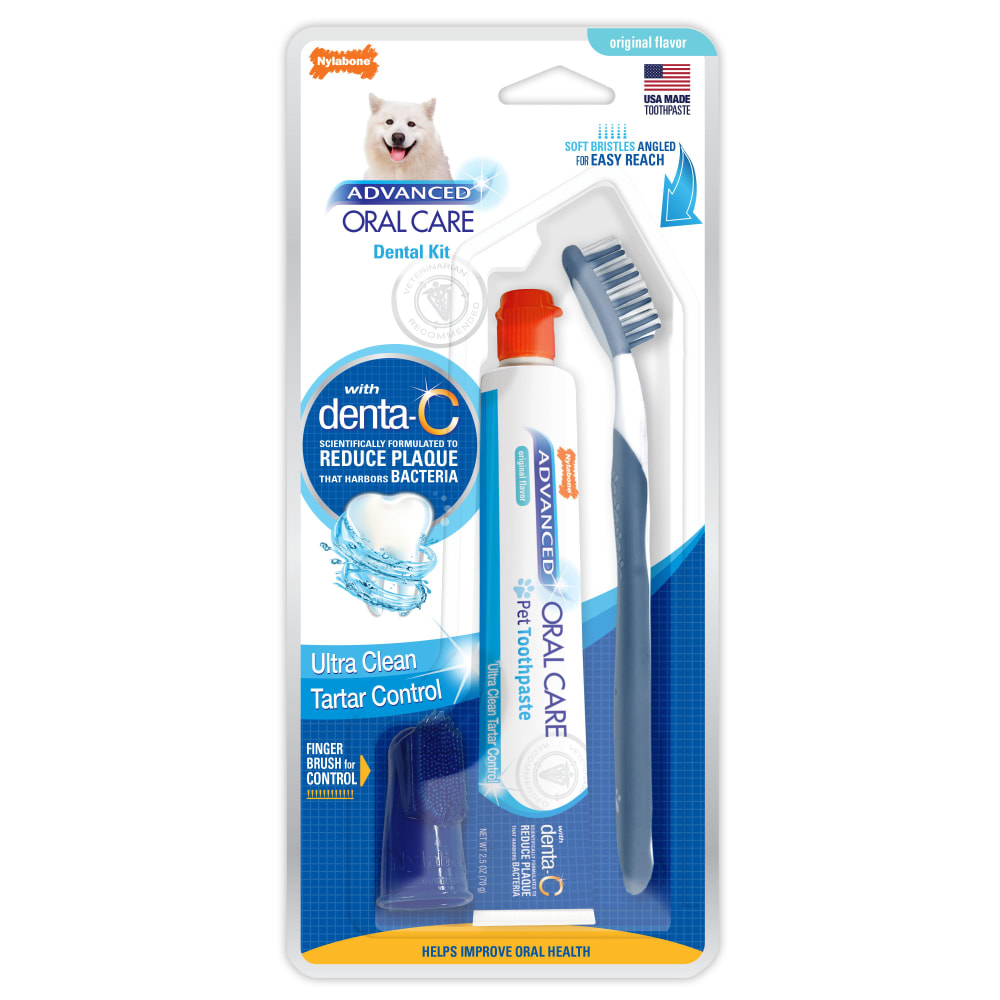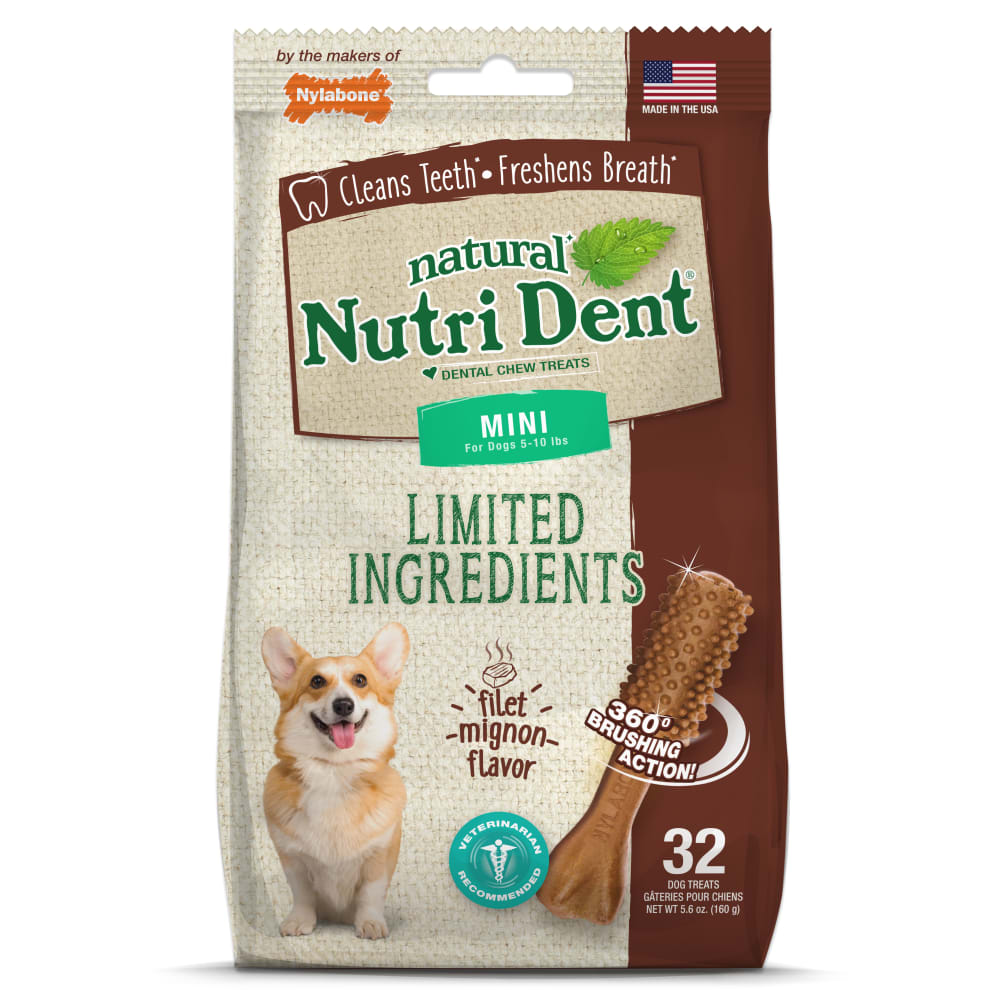How to Care for Your Dog's Teeth
When you think about your dog's health, you typically think of proper nutrition, vaccinations, and regular vet checkups. However, oral health is an important aspect of your dog's wellness that is often overlooked.
Plaque buildup can harbor bacteria that leads to severe health issues, and commonly, bad breath is one of the earliest signs of a greater health problem, according to petMD. Understanding how to care for your dog's teeth is essential for a happy and healthy pup. Follow these guidelines to keep your dog's dental health in check!
Implement a Dental Care Routine
Regularly brushing your dog's teeth is a key step in establishing your dental routine. Because your dog's mouth and lips lay so close to their teeth, plaque and tartar accumulate quickly. When you neglect brushing, tooth loss is common in dogs as young as four years old. Practice preventive dental care with routine brushing, and don't forget to praise your pup throughout the process!
Prevent Plaque and Tartar Buildup
Supplement regular brushing with products that help further prevent plaque and tartar buildup. Chew toys with nubs and ridges help clean teeth, while dental liquids can be added to your dog's water or sprayed on their teeth. Dog dental chews like our Nutri Dent Limited Ingredient Dental Chew Treats help reduce plaque and tartar and feature great flavors dogs love.
You should also consider purchasing a tooth scaler, which is an inexpensive tool that scrapes away plaque and tartar. However, don't rely on your scaler too heavily—scaling without polishing can scratch the enamel surface. If you find you are scraping your dog's teeth on a regular basis, it's a sign you should brush your dog's teeth more often.
Know the Early Signs of Dog Oral Diseases
Periodontal disease in dogs begins with a condition called gingivitis, which is when the gums are swollen, red, or irritated. Another obvious sign of gingivitis is bad breath, according to petMD. At first, your dog may not feel any discomfort, but soon the redness and swelling become apparent, making it difficult for them to chew bones and eat the crunchy foods that help keep plaque and tartar from forming on their teeth.
Other signs of periodontal disease include chewing on one side of the mouth, ropey saliva, and bumps in the mouth, according to WebMD.
Know When to Consult a Professional
Contact your veterinarian once you notice the warning signs of periodontal disease. A professional cleaning paired with consistent dental care at home can reverse the condition in its earliest stages. Options are limited once periodontal disease sets in. After a tooth begins to decay, it will probably need to be extracted.
Periodontal disease can be costly to both you and your dog's well-being. Stay on top of dog dental care and keep an eye out for warning signs to help your pooch enjoy a healthy, polished smile!
Tammy Gagne is a freelance writer who specializes in the health and behavior of companion animals. A two-time Dog Writers Association of America writing competition nominee, she has written more than pet care books for adults and children. She lives in New England with her husband, son, and myriad of furry and feathered creatures.
Wayne Hunthausen, DVM, consulting veterinary editor and pet behavior consultant, is the Director of Animal Behavior Consultations in the Kansas City area and currently serves on the Practitioner Board for Veterinary Medicine and the Advisory Board for Veterinary Forum.
FOLLOW US!






